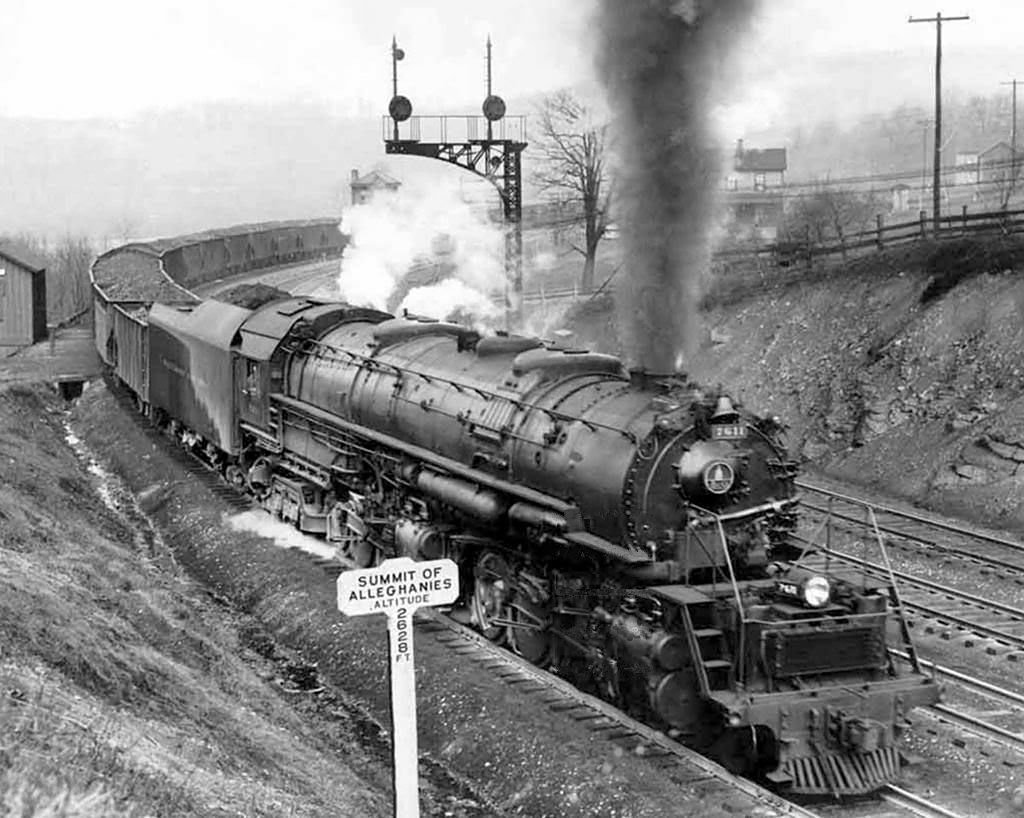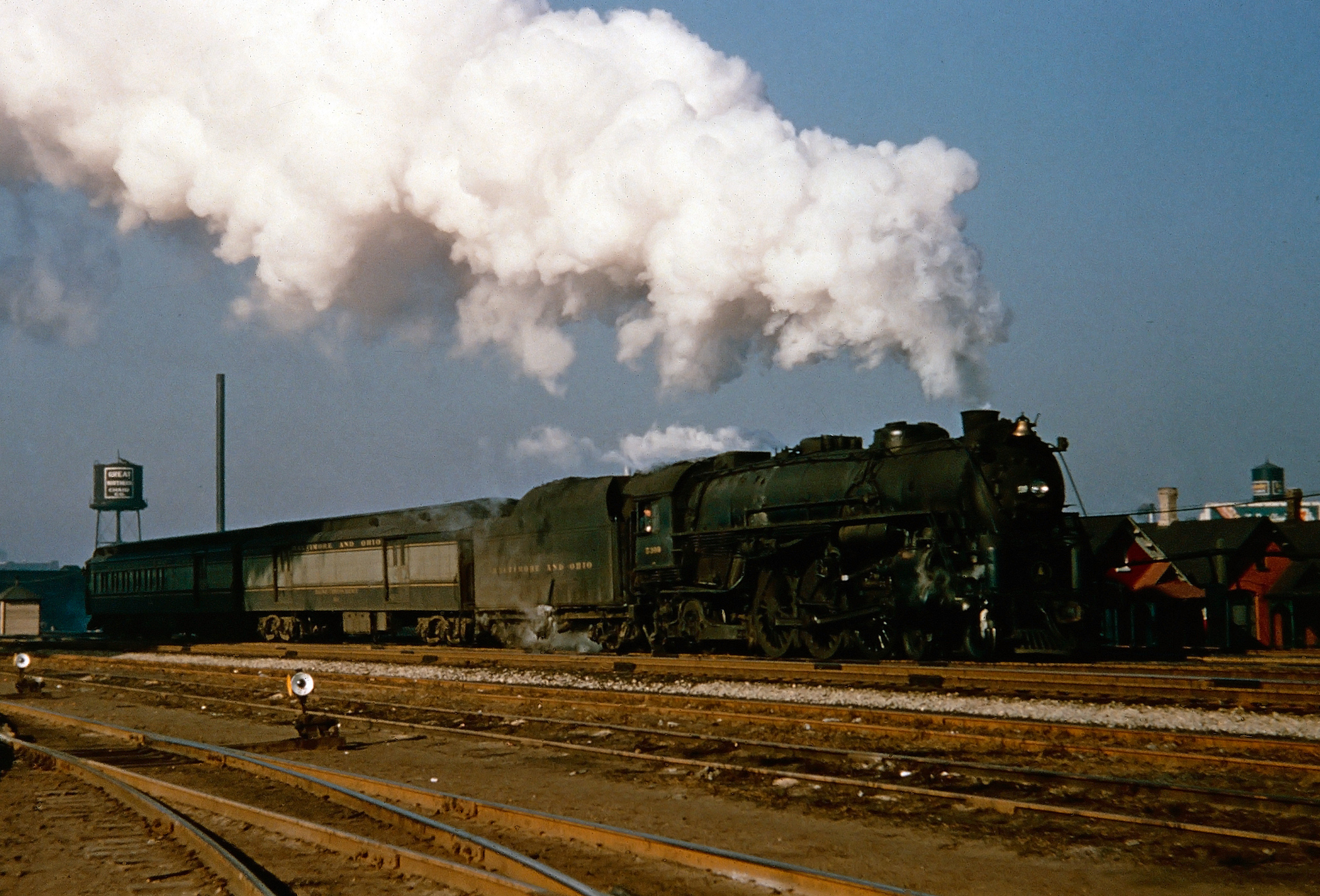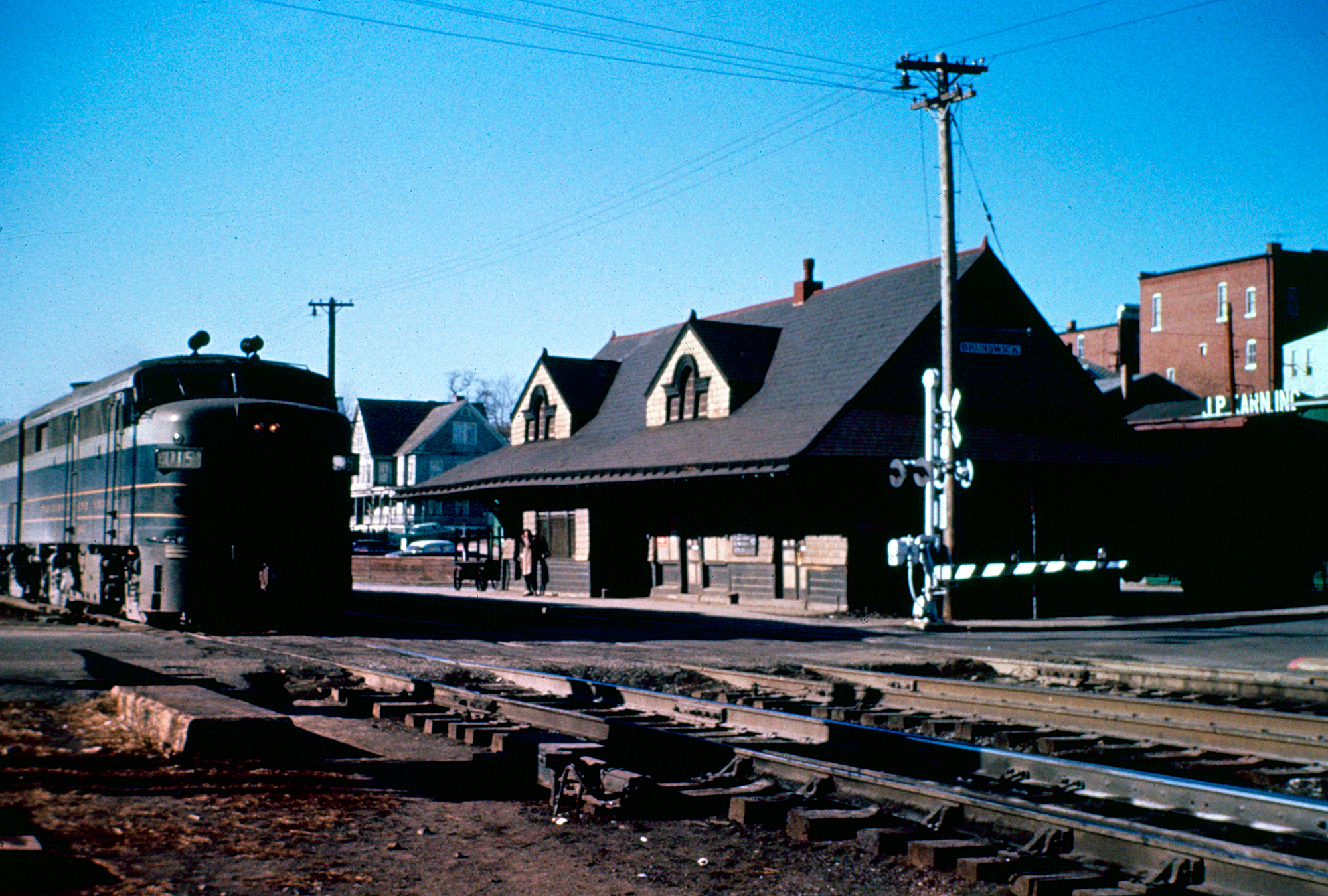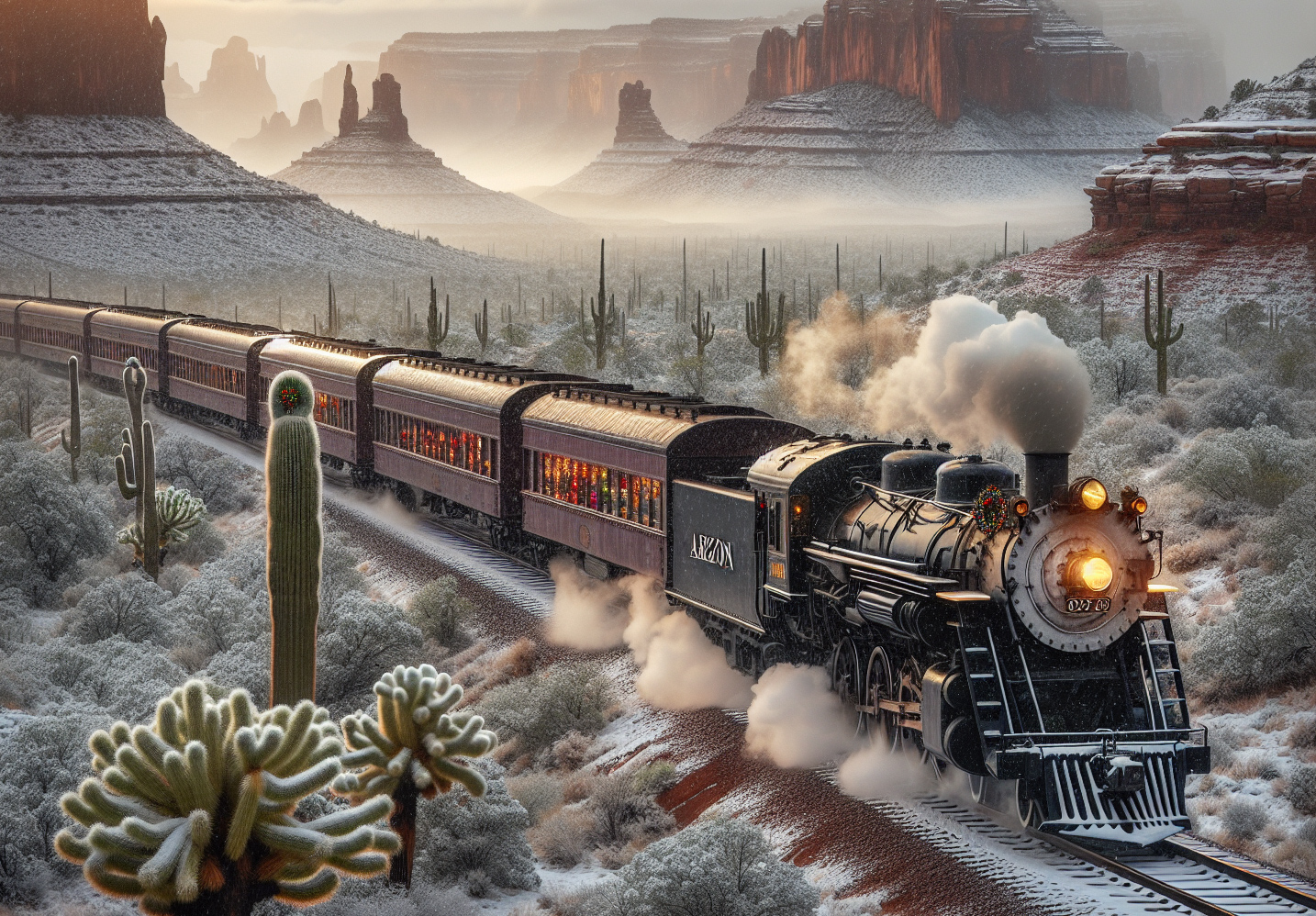The 17-Mile Grade
Published: February 4, 2025
By: Adam Burns
17-Mile Grade is a historically significant section of the Baltimore & Ohio (B&O), a pioneering company established in the early 19th century.
As the first common carrier, the B&O played a critical role in the nation's industrial progress. During its attempt to reach the Ohio River the railroad was blocked by Pennsylvania from laying tracks within its state.
As a result, it was forced to engineer a line along Maryland's rugged Potomac River Valley and over the Allegheny Mountains through then-Northwestern Virginia. As part of the B&O's so-called "West End" this stretch of railroad was always extremely difficult to operate, and remains so today under CSX.
17-Mile presents a remarkable example of early railroad engineering endeavors, showcasing the challenges of traversing the Alleghenies and the ingenuity required to overcome these obstacles.
Early Development of the B&O
The Baltimore & Ohio was chartered on February 28, 1827, with the intention of improving the transportation of goods and people to the American West by connecting its home city with the Ohio River at Wheeling, Virginia.
At a time when canals were the predominant means of transport, the B&O offered a visionary alternative that could operate year-round and unburdened by the winter weather when canals were typically frozne over.
The construction of the railroad began on July 4, 1828, and the first 13 miles were completed by 1830, extending from Baltimore to Ellicott's Mills, Maryland.
Engineering Challenges: Navigating the Appalachian Mountains
Continuing westard, especially beyond the Potomac River required numerous engineering challenges, one of the most formidable being the Allegheny Mountains. The construction of the 17-Mile Grade exemplifies the complexities of building a railroad through this rugged terrain.
Benjamin Henry Latrobe II
The B&O's route to Wheeling is thanks to the work of engineer Benjamin Latrobe, who also designed the railroad's Thomas Viaduct.
In 1838, Latrobe conducted reconnaissance and surveys to extend the Main Stem of the Baltimore and Ohio Railroad from Harper's Ferry to Wheeling and Pittsburgh.
He accomplished one of the earliest crossings of the Allegheny Mountains, achieving a maximum grade of sixty feet per mile (approximately 1.25%). Despite this engineering feat, the railroad did not secure the legal rights of way until 1847.
The challenges of determining the railroad's path, particularly west of Cumberland through the Cheat and Tygart Valley rivers, prompted the railway's Board of Directors to enlist the expertise of two consulting engineers, Jonathan Knight and John Child, to collaborate with Latrobe in finalizing the route.
Latrobe subsequently played a significant role in organizing the Northwestern Virginia Railroad in 1851, which he completed to Parkersburg, Virginia, in 1857. This road was acquired by the B&O in 1856 and operated as its "Parkersburg Branch."
He worked closely with key assistants George Hoffman, J. C. C. Hoskins, and Albert Fink. The NV was envisaged as a component of the Baltimore & Ohio's main line, which was planned to extend from Baltimore to St. Louis, Missouri.
Location
Surveying a line west of Cumberland was extremely difficult as there was no easy grade through Northwestern Virginia. The line now aptly named for its 17-mile stretch, extends from Altamont's summit down to the town of Piedmont at the base of Backbone Mountain.
Operations
Heading west, from the base of the grade at Piedmont until reaching the summit at Altamont, the line gains 1,600 feet from Milepost 300.4 in Piedmont to Milepost 317.3 at Altamont Tower.
During the modern B&O era it was part of the railroad's Cumberland Division/West End and then the Mountain Subdivision under CSX.
Matt Reese's old website, Northern WV's Railroads, offered a good overview of operations during the early CSX era.
With most freight moving eastward to Cumberland, trains were required to descend Backbone Mountain, which remains one of the most treacherous downhill grades east of the Mississippi River
Historically, to the north of the current dual tracks, a substantial wye facilitated the turning of steam engines until the 1950s, when the shift to diesel engines rendered this maneuver unnecessary, leaving only its western leg.
The section of the Mountain Subdivision to the east of Altamont was once equipped with four tracks: two main lines, a passing siding between AM Tower and Wilson, and a six-mile third main track extending from "AM" Tower to the former "HX" Tower at Strecker.
The reduction in traffic eventually led to the removal of the third main track in the early 1970s, while the passing siding remained operational until the closure of the Altamont tower in the 1990s, resulting in the retention of only the two primary main tracks. Grades over the line are very steep for main line railroading, ranging from 1.7%-2.8%.
Economic Impact and Legacy
17-Mile Grade was a testament to the pioneering spirit of early railroad engineers and a crucial factor in the economic development of the region.
By overcoming the barrier of the Appalachian chain, the B&O facilitated the movement of freight and passengers to a major American waterway by 1852.
The grade contributed to the transformation of small towns into burgeoning industrial centers. Cities such as Cumberland, Maryland; Grafton, Virginia/West Virginia; and Wheeling flourished as railroad hubs, benefiting from increased trade, jobs, and economic prospects.
A Legacy of Engineering Triumph
17-Mile Grade represents a significant chapter in the history of American transportation.
The grade remains a symbol of industrial ingenuity, a monument to the determination and foresight of those who built the foundations of America’s rail network.
Recent Articles
-
B&O Steam Locomotive Roster (Post 1900)
Mar 13, 25 11:50 PM
Presented here is the Baltimore & Ohio's complete steam locomotive roster after 1900. -
Baltimore & Ohio (B&O): Diesel Roster (All-Time)
Mar 13, 25 11:21 PM
A complete history of the Baltimore & Ohio's diesel locomotive roster. The B&O rostered examples from every major builder. -
Arizona Polar Express Train Rides: A Complete Guide
Mar 13, 25 08:38 PM
Arizona is home to one of the finest heritage railroads in the nation, the Grand Canyon Railway. During the holiday season they host official "The Polar Express" trips.



